Ever notice how some of our most dramatic actors can surprise us with their laugh-out-loud moments? Those familiar faces we’re used to seeing in tense courtroom scenes or tear-jerking hospital dramas sometimes reveal a knack for comedy that leaves us wondering where they’ve been hiding that talent. From the golden age of television to modern blockbusters, these versatile performers have proven they can do it all, making the transition from dramatic heavyweights to comedy gold.
1. Robin Williams
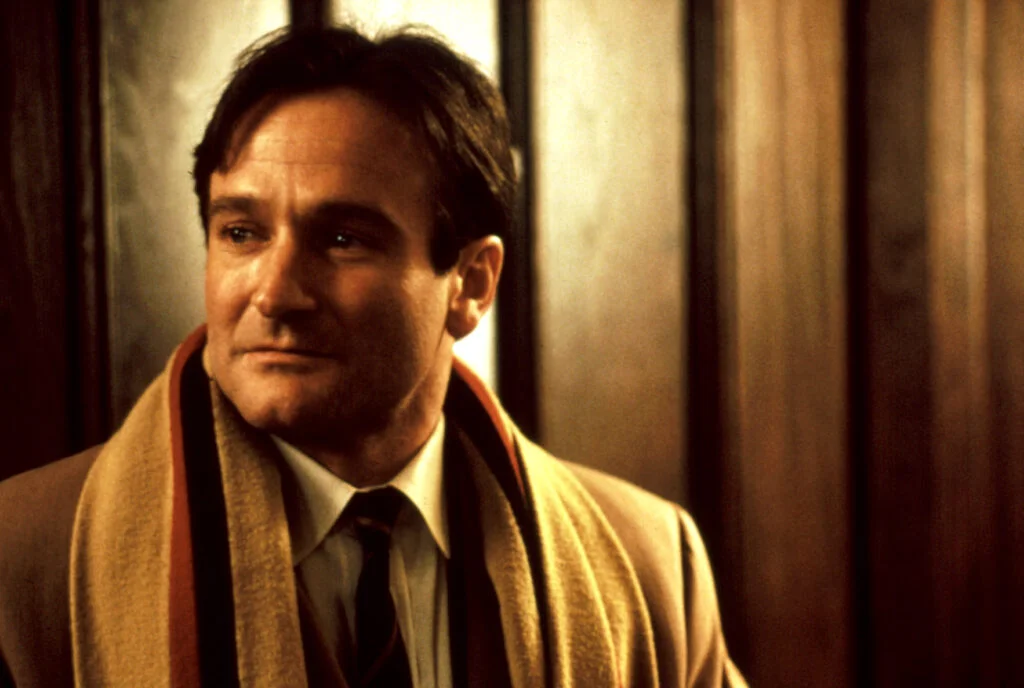
Robin Williams first captivated audiences as the alien Mork in the hit sitcom “Mork & Mindy,” but many forget he started with serious dramatic training at Juilliard. His dramatic chops shone in films like “Dead Poets Society” and “Good Will Hunting,” earning him an Academy Award that validated his serious acting credentials. But it was Williams’ lightning-fast wit, impressions, and physical comedy that endeared him to multiple generations of fans who remember him as the voice of the Genie in “Aladdin” or the cross-dressing dad in “Mrs. Doubtfire.” Men’s Journal also reports that no matter the genre of movie he was in, Williams looked after anyone who he could have a positive influence on.
His ability to transition between heartfelt dramatic moments and side-splitting comedy often happened within the same scene, showcasing a range few actors possess. Williams’ background in stand-up comedy gave him improvisational skills that directors often let run wild, with many of his most memorable lines being completely unscripted. His legacy reminds us that sometimes the funniest performers are those who understand pain deeply, allowing Williams to connect with audiences on multiple emotional levels.
2. Alan Alda
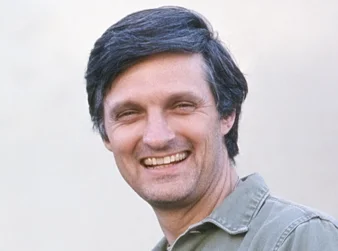
Alan Alda became a household name playing Hawkeye Pierce in the war drama-comedy “MASH,” balancing moments of genuine wartime horror with much-needed humor. Before that breakout role, Alda had established himself as a serious dramatic actor on Broadway and in films like “Paper Lion.” His natural timing and wry delivery made the anti-war messages of “MASH” more palatable while still honoring the gravity of the Korean War setting. As also noted by The Philanthropic Initiative, Alda was also always using his platform to help others.
What made Alda special was his intellectual approach to comedy, never going for cheap laughs but finding humor in human nature and relationships. Later in his career, he continued this balance with dramatic roles in “The West Wing” and “The Aviator” while maintaining his comedic sensibilities. His autobiography “Never Have Your Dog Stuffed” reveals how his understanding of human suffering (partly from witnessing his mother’s mental illness) informed both his dramatic work and his comedy.
3. Jean Smart
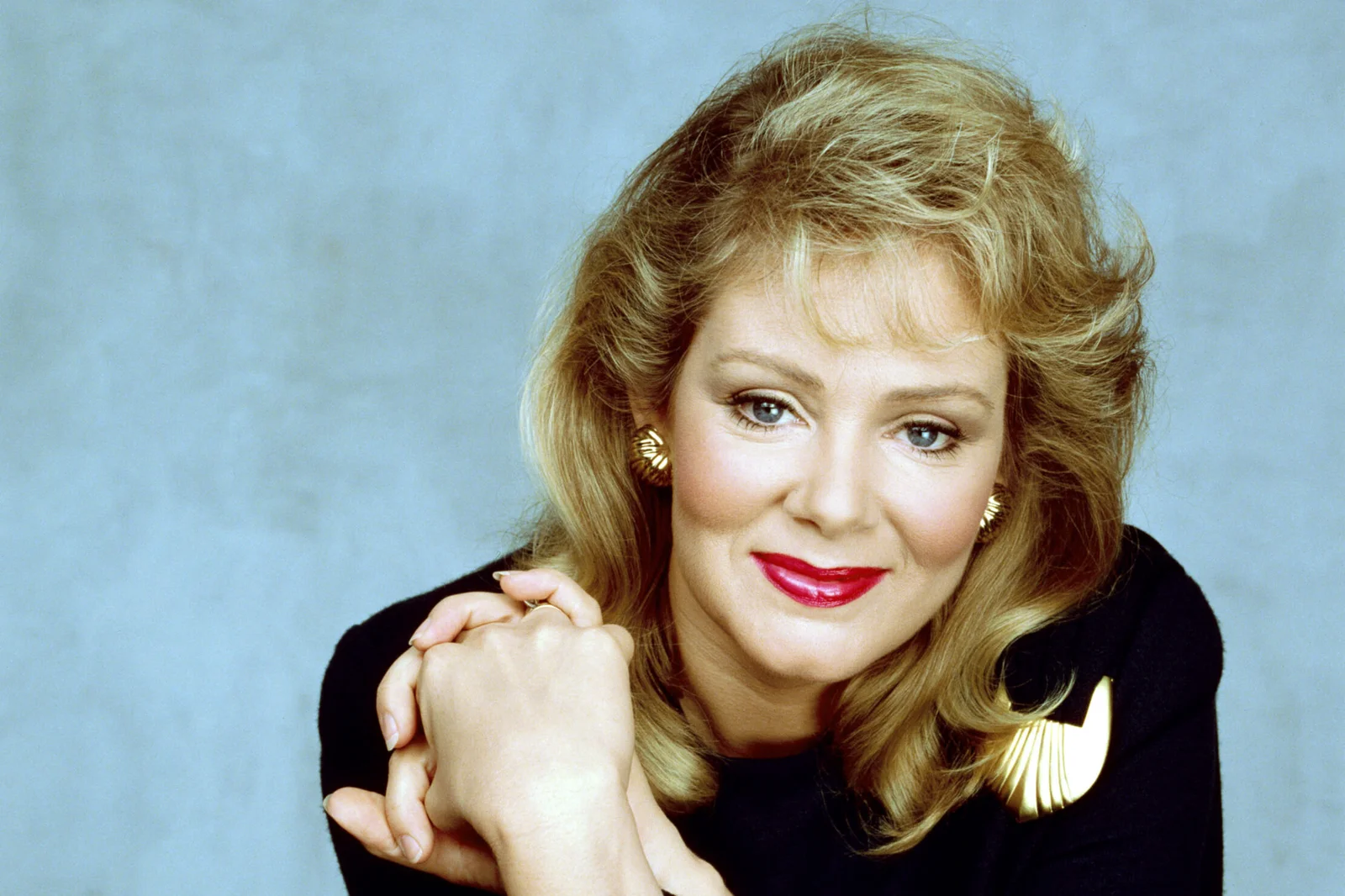
Jean Smart first gained national attention playing the sweet-natured Charlene on “Designing Women,” but her career trajectory has revealed an actress of remarkable dramatic range. Her early stage work and dramatic roles had prepared her for a diverse career that would eventually include Emmy-winning dramatic performances. Smart’s comedic revival in shows like “Hacks” and “Mare of Easttown” demonstrated her ability to find humor in characters facing difficult circumstances. For additional trivia, Mental Floss has designed some fun facts about Jean Smart that will coordinate well with any outfit or occasion.
What sets Smart apart is her understanding of how comedy changes with age, allowing her characters to embrace the absurdities of growing older with both humor and dignity. Her career renaissance in her 60s has showcased an actress comfortable with both laugh-out-loud comedy and heartbreaking dramatic moments, sometimes within the same scene. Smart’s portrayal of comedian Deborah Vance in “Hacks” draws on her decades of experience navigating an industry that offers different opportunities to women at different stages of life.
4. Henry Fonda
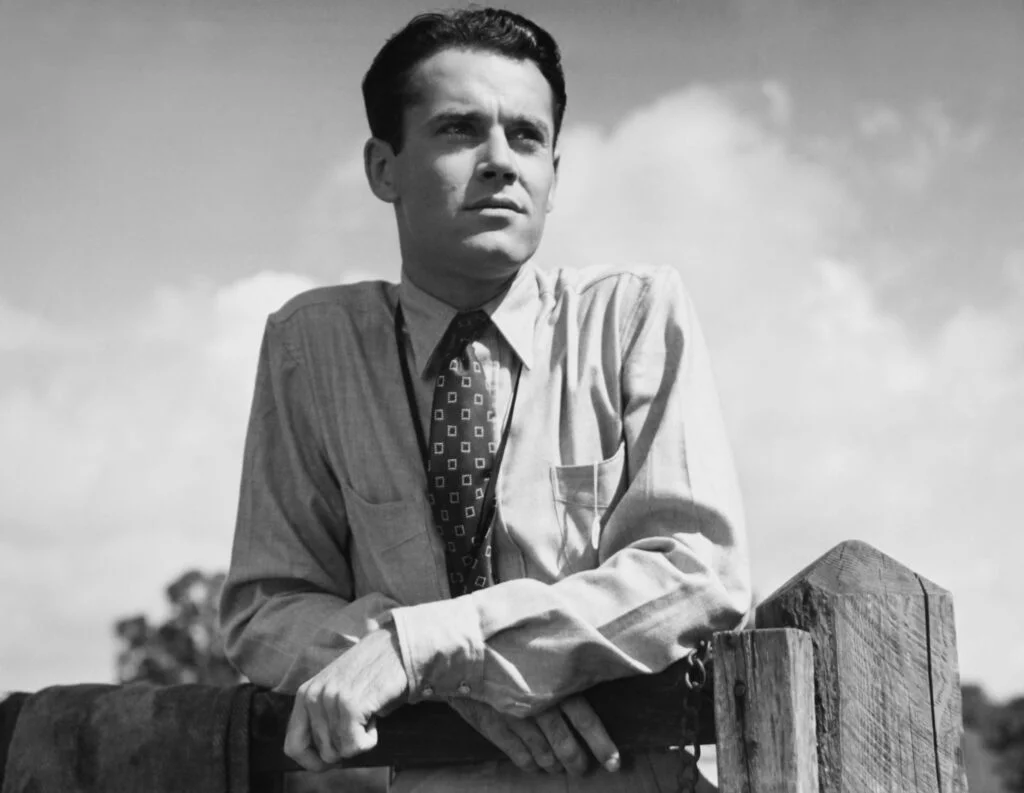
Henry Fonda built his reputation on serious dramatic roles in classics like “The Grapes of Wrath” and “12 Angry Men,” embodying American integrity and moral fortitude in his most famous performances. His dramatic presence was so established that directors rarely considered him for lighter fare during the prime of his career. Then came his delightful turn in the comedy western “The Rounders” alongside Glenn Ford, revealing a previously untapped talent for humor.
Fonda’s late-career comedic performances, particularly in “The Cheyenne Social Club” with James Stewart, showed how his trademark earnestness could become a source of humor when placed in absurd situations. His comedic work never required him to abandon his established persona but rather to place his dignified character into increasingly ridiculous scenarios. For viewers accustomed to seeing Fonda in gravely serious roles, watching him navigate comedic situations while maintaining his characteristic integrity created a unique form of humor.
5. Jamie Lee Curtis
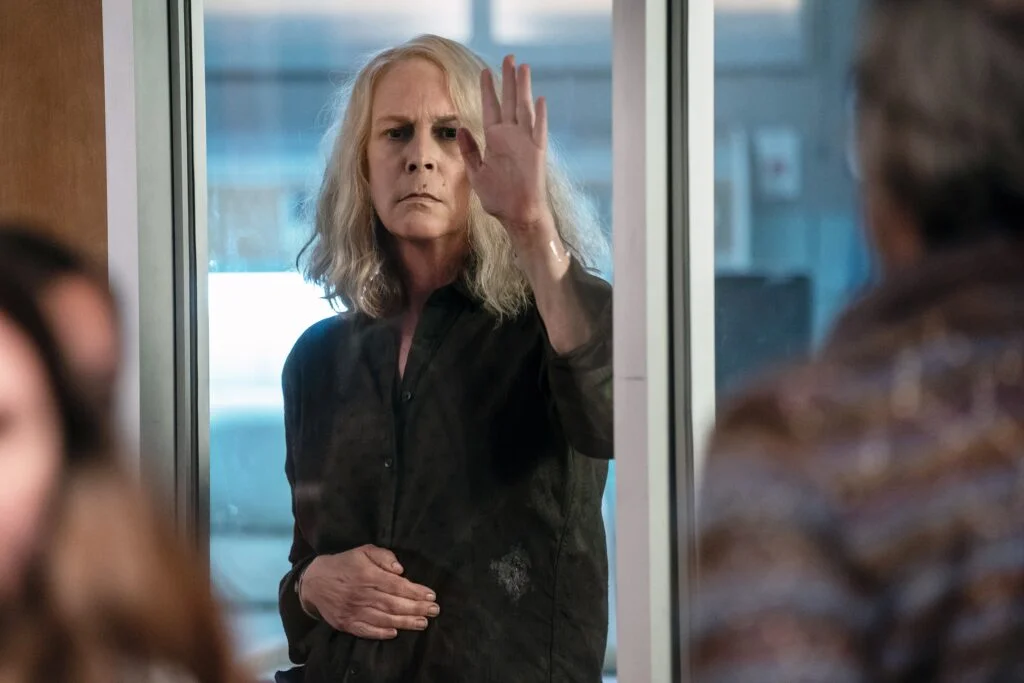
Jamie Lee Curtis began her career as the quintessential “scream queen” in horror films like “Halloween,” establishing herself as a dramatic presence in tense, frightening scenarios. Her early career was defined by these serious roles that required genuine fear and emotional depth. However, Curtis revealed her comedic talents in the 1988 hit “A Fish Called Wanda,” displaying impeccable timing and a willingness to embrace absurdity.
Her performance in “True Lies” further showcased her range, balancing action sequences with comedic moments that stole scenes from even Arnold Schwarzenegger. Curtis’ comedy often works because she fully commits to each moment without winking at the audience, bringing the same intensity to humorous scenes as she does to dramatic ones. In recent years, her role in “Everything Everywhere All at Once” earned her an Academy Award, proving that her versatility continues to evolve across genres.
6. Bryan Cranston
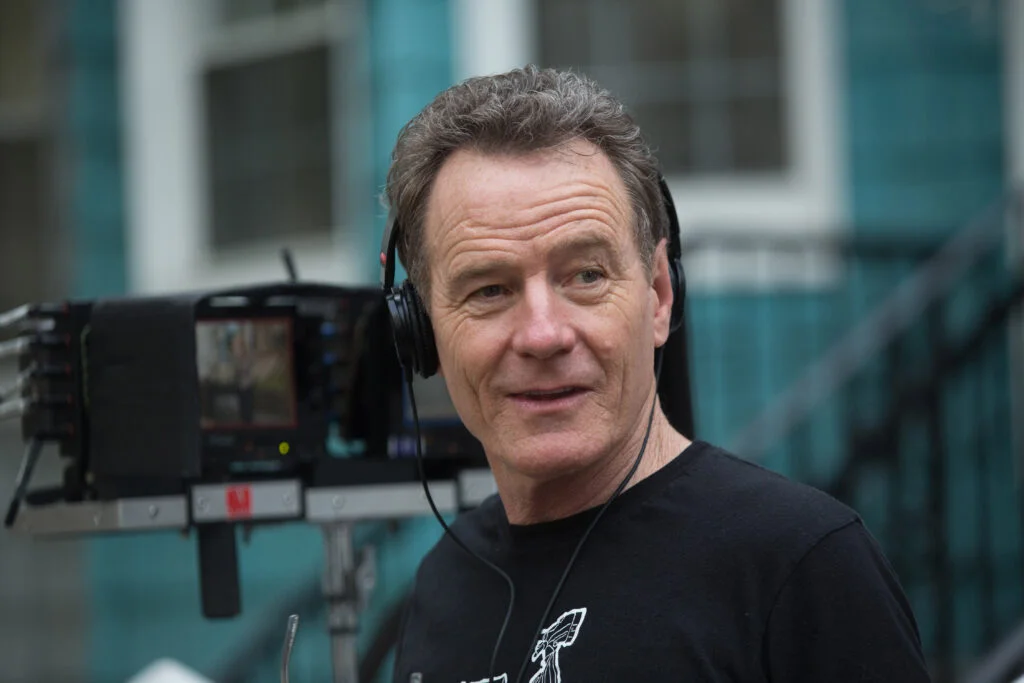
Bryan Cranston transformed from the goofy dad Hal in “Malcolm in the Middle” to the terrifying drug kingpin Walter White in “Breaking Bad,” showing incredible range across television genres. Before his comedic breakthrough, Cranston had worked steadily in dramatic roles that flew under the radar compared to his later success. His physical comedy skills in “Malcolm in the Middle” revealed an actor willing to sacrifice dignity for laughs, whether roller-skating in his underwear or covered in bees.
What’s remarkable about Cranston is that he approached both comedy and drama with the same meticulous character work. After “Breaking Bad” made him a dramatic powerhouse, he returned to comedy with films like “Why Him?” without missing a beat. His ability to find humor in the darkest situations even informed some of “Breaking Bad’s” most memorable moments, revealing that the line between tension and comedy can be razor-thin when handled by a master.
7. Leslie Nielsen
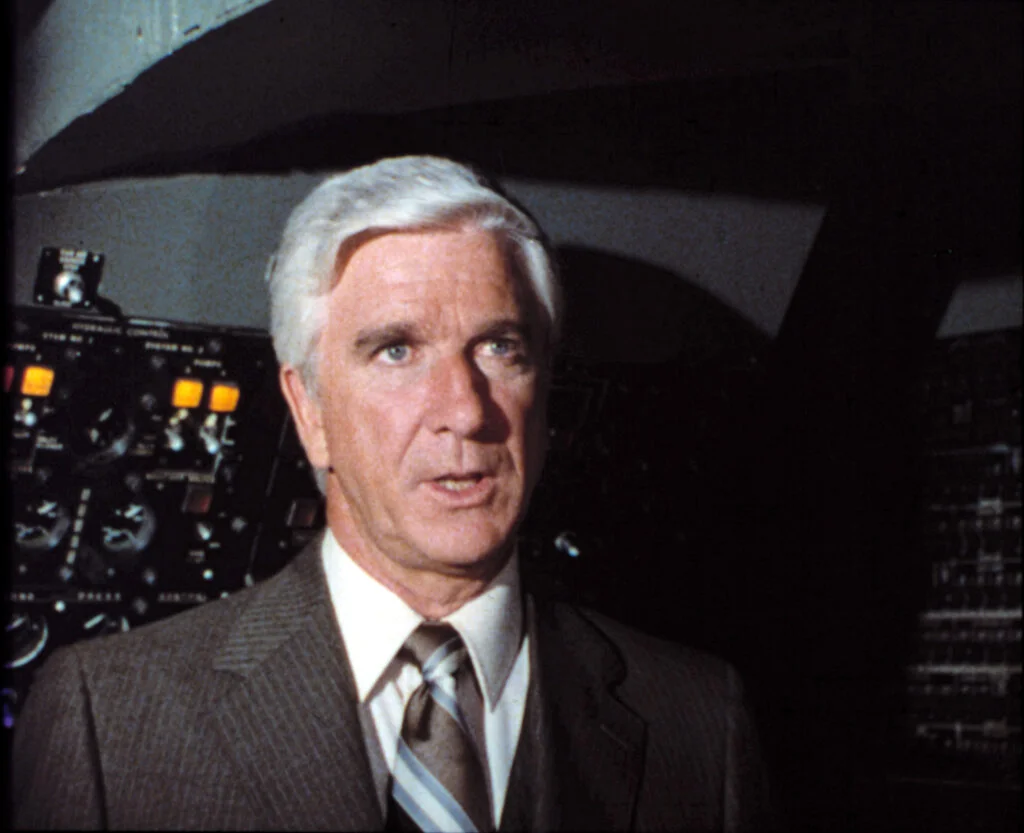
Leslie Nielsen spent the first three decades of his career as a square-jawed dramatic actor in films like “Forbidden Planet” and “The Poseidon Adventure,” establishing himself as a reliable leading man. His stern demeanor and authoritative presence made him perfect for roles that required gravitas and seriousness. Then came 1980’s “Airplane!” which transformed him overnight into one of Hollywood’s most beloved comedic actors by playing against his established serious persona.
The deadpan delivery Nielsen perfected in the “Naked Gun” series worked precisely because audiences remembered him from dramatic roles. His commitment to delivering absurd lines with complete seriousness created a unique comedic style that influenced generations of parody films. Nielsen proved that sometimes the funniest person in the room is the one who doesn’t realize they’re being funny, a technique he mastered after decades spent taking himself very seriously on screen.
8. Allison Janney
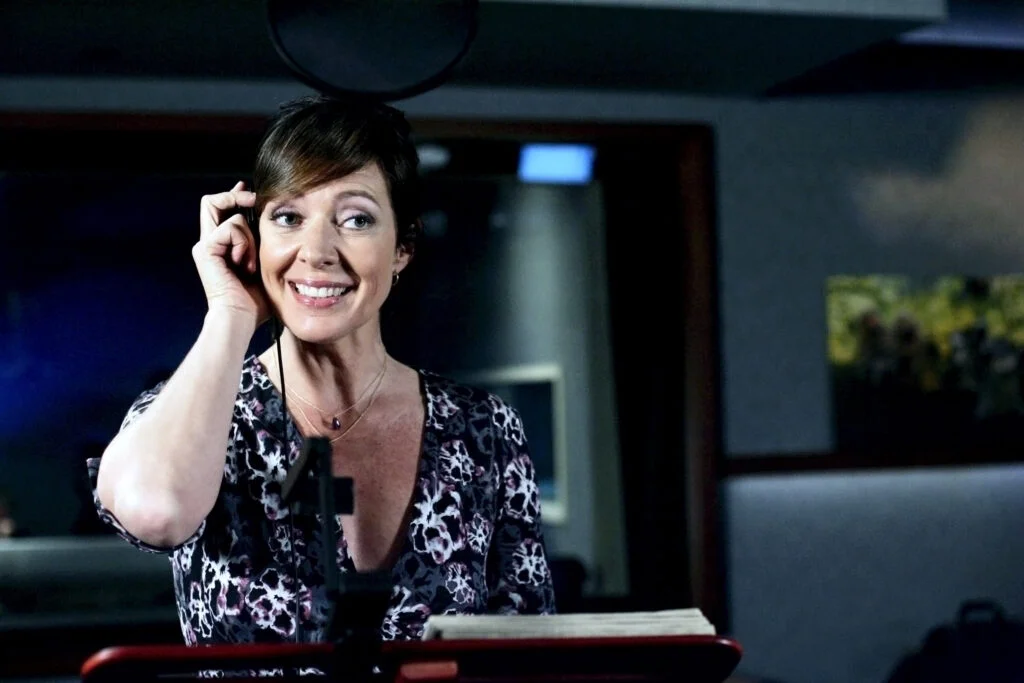
Allison Janney earned widespread recognition for her dramatic role as Press Secretary C.J. Cregg on “The West Wing,” displaying impressive range in handling both the show’s witty dialogue and emotional storylines. Her theatrical training and dramatic roles had established her as a serious performer long before becoming a household name. However, Janney revealed her extraordinary comedic talents in films like “Drop Dead Gorgeous” and later in the sitcom “Mom,” where her timing and physical comedy skills earned her multiple Emmy Awards.
Janney’s height (six feet tall) and distinctive voice become comedic assets when she chooses to employ them, giving her a commanding presence even in ridiculous situations. Her Oscar-winning performance as LaVona Golden in “I, Tonya” demonstrated how she could blend dark comedy with dramatic elements, creating a memorable character that was simultaneously frightening and darkly funny. Few actors can transition between Congressional briefing rooms and broad sitcom moments with such credibility.
9. Bill Murray
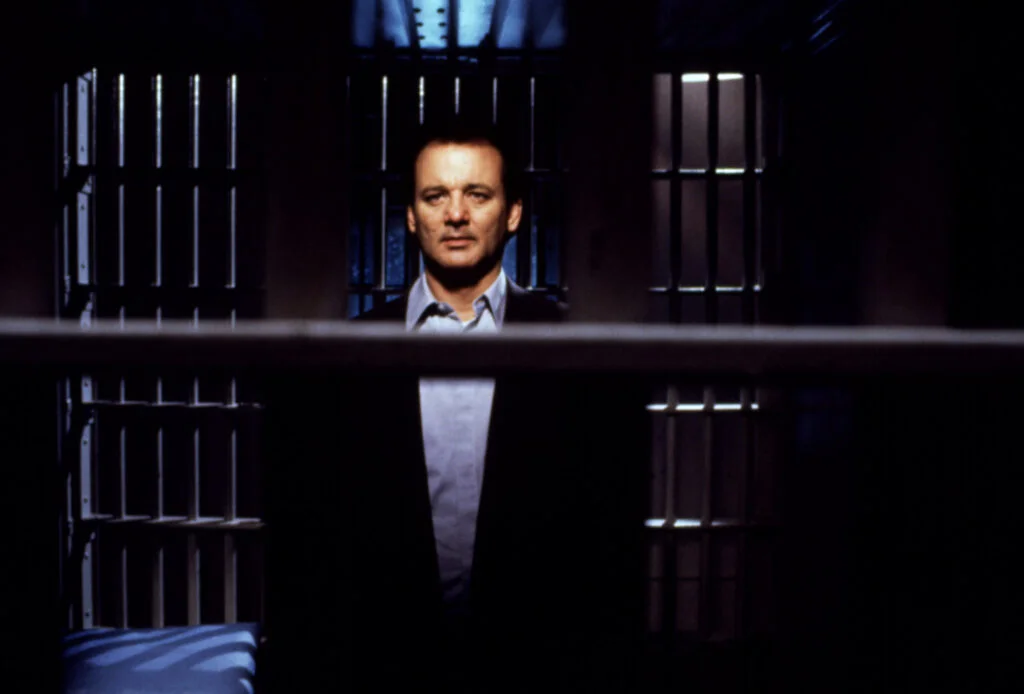
Bill Murray’s early career as a “Saturday Night Live” cast member and comedy film star might suggest he started in comedy, but he actually began with serious theatrical training. His dramatic ambitions were evident even during his National Lampoon Radio Hour days, where his sardonic delivery hinted at deeper emotional currents. Murray’s evolution into dramatic roles in films like “Lost in Translation” and “Broken Flowers” revealed an actor who had always possessed dramatic depth beneath his comedic persona.
What makes Murray special is his understanding that great comedy often comes from pain and melancholy rather than forced wackiness. His performances in Wes Anderson films walk the line between comedy and drama, finding humor in deadpan delivery and subtle reactions rather than obvious jokes. Murray’s late-career renaissance as a dramatic actor with comedic undertones completed a fascinating circle for an actor who never fit neatly into either category.
10. Mary Tyler Moore
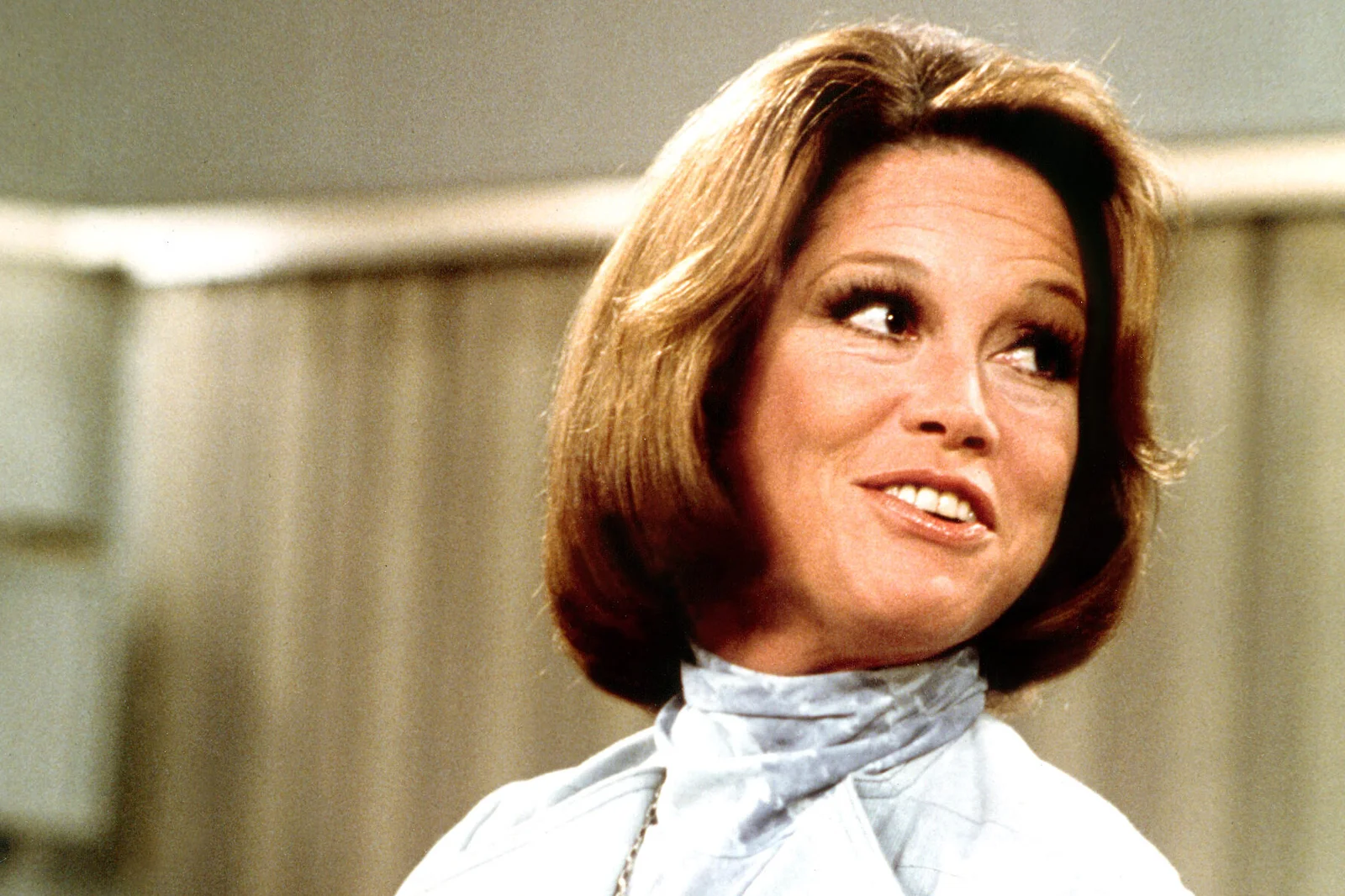
Mary Tyler Moore first appeared in American living rooms as the perfect housewife Laura Petrie on “The Dick Van Dyke Show,” but few realized she had trained seriously as a dancer and dramatic actress. Her early career included serious roles that showcased her range before she found her comedic voice. Moore later revolutionized television with “The Mary Tyler Moore Show,” portraying a single career woman in a workplace comedy that tackled serious issues with humor and grace.
Behind her perfect comedic timing was an actress who would later earn an Oscar nomination for her dramatic turn in “Ordinary People,” proving her range extended far beyond sitcoms. Moore’s ability to find humor in everyday situations while maintaining a grounded emotional core made her comedy feel authentic and relatable. Her famous hat toss in the opening credits became an iconic symbol of independence and joy, capturing the spirit of a performer who could make audiences laugh while breaking new ground for women in television.
11. Tom Hanks
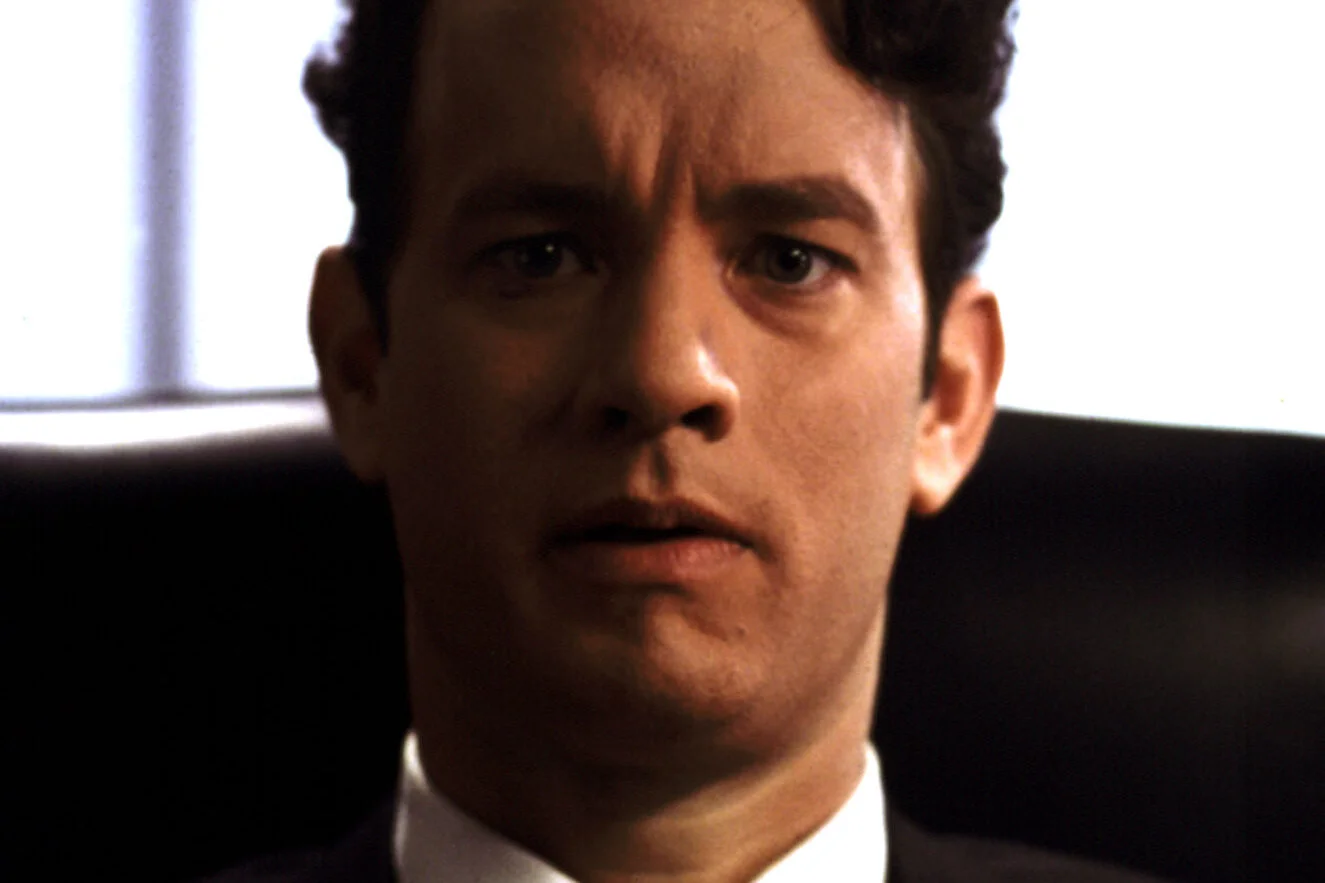
Tom Hanks began his career almost exclusively in comedies like “Splash” and “Big” before transitioning to become one of Hollywood’s most respected dramatic actors. Early television viewers knew him from the sitcom “Bosom Buddies,” where his natural comedic talents first caught the public’s attention. His transformation into a two-time Oscar winner for dramatic roles in “Philadelphia” and “Forrest Gump” represents one of the most successful comedy-to-drama transitions in film history.
What makes Hanks special is that he never truly abandoned his comedy roots, bringing moments of levity to even his most serious roles. His performances in romantic comedies like “Sleepless in Seattle” and “You’ve Got Mail” showcased his ability to balance humor with genuine emotion. Hanks’ everyman quality allows him to find relatable humor in extraordinary situations, whether he’s stranded on an island talking to a volleyball or commanding Apollo 13.
12. Jessica Lange
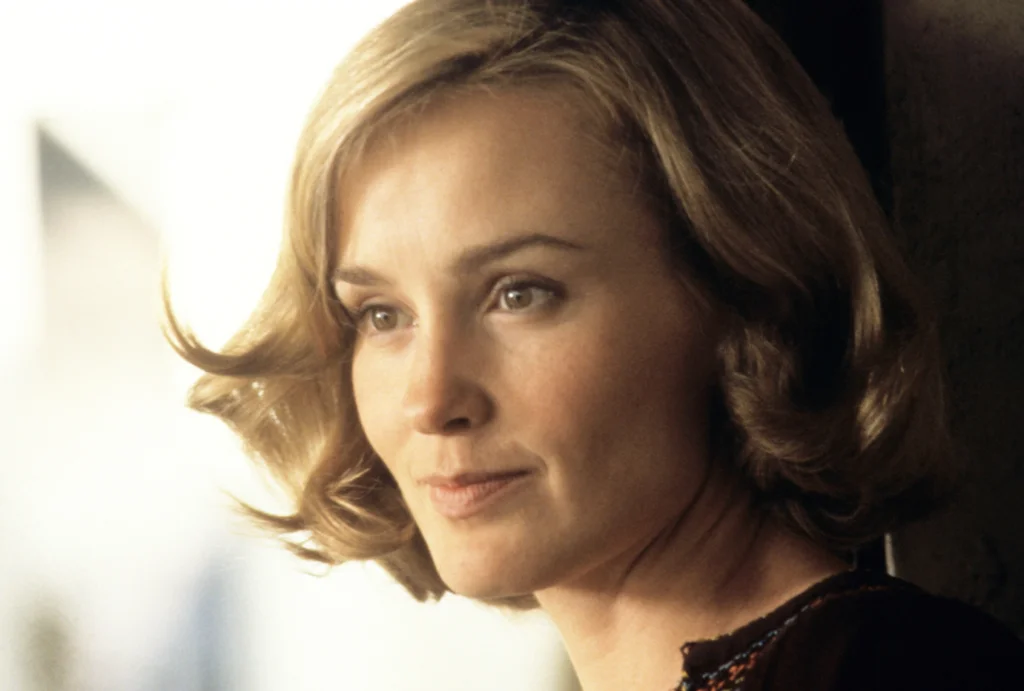
Jessica Lange established herself as one of Hollywood’s premier dramatic actresses with performances in “Frances” and “Tootsie,” winning Academy Awards that cemented her dramatic credentials. Her intense performances in psychological dramas showcased her ability to convey complex emotional states with subtle gestures and expressions. Later in her career, Lange surprised audiences with her comedic talents in “American Horror Story,” where she balanced terror with dark humor and campy delivery.
Her performance as Joan Crawford in “Feud” further demonstrated her ability to find humor in dramatic situations without undermining their emotional impact. Lange’s comedy works because she never approaches it as comedy—she maintains the same commitment to character that defines her dramatic work while allowing absurd situations to generate humor naturally. For viewers who grew up watching her intense dramatic performances, seeing Lange embrace the darkly comic aspects of aging actresses fighting for relevance added new dimensions to her already impressive range.
Looking back at these remarkable performers reminds us that true acting talent rarely fits neatly into just one category. Perhaps what makes these transitions so satisfying is watching actors we thought we knew reveal new dimensions of their craft, like running into an old friend who suddenly shows a side you never knew existed. The best actors, like the best friends, can surprise us even after we think we know everything about them—and that’s something worth celebrating about the performers who’ve brought us to both tears and laughter throughout the years.



